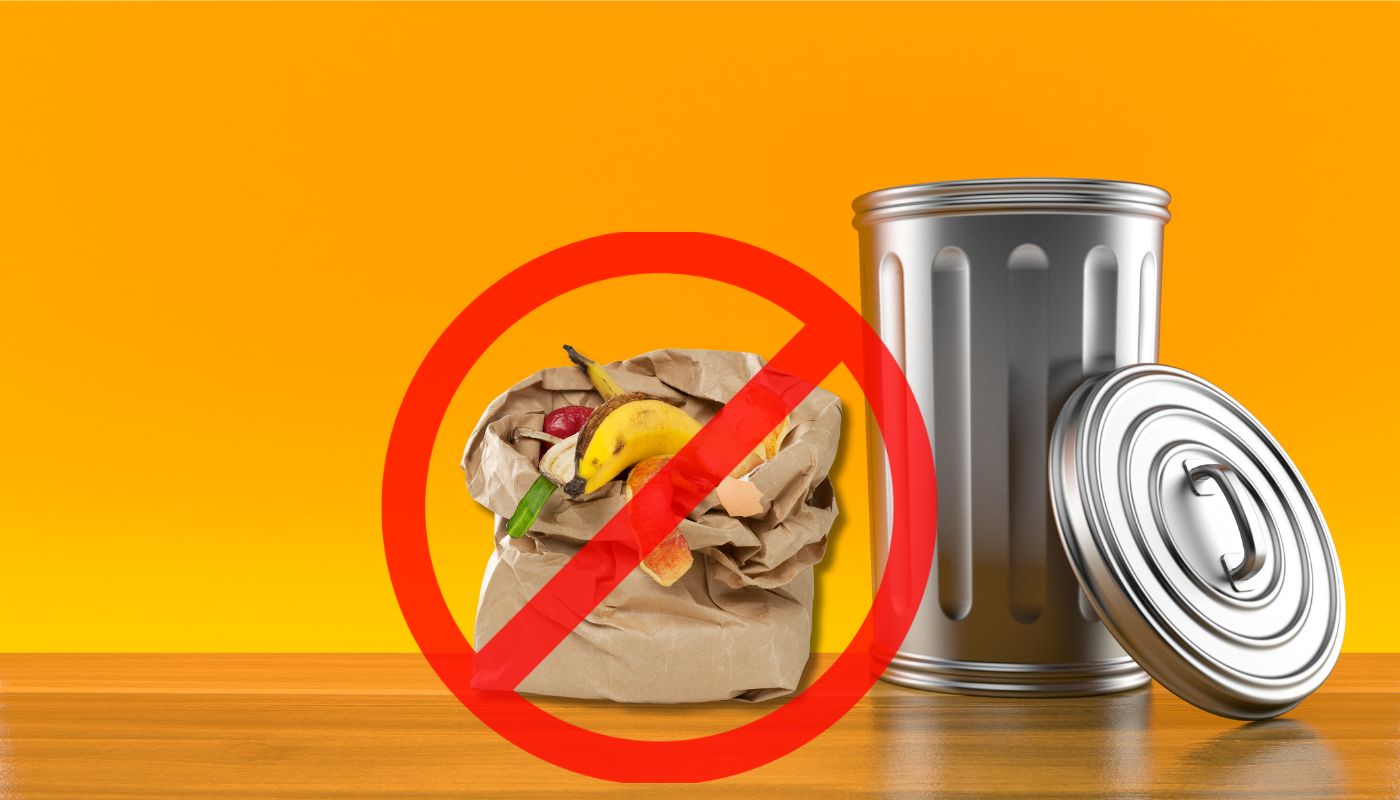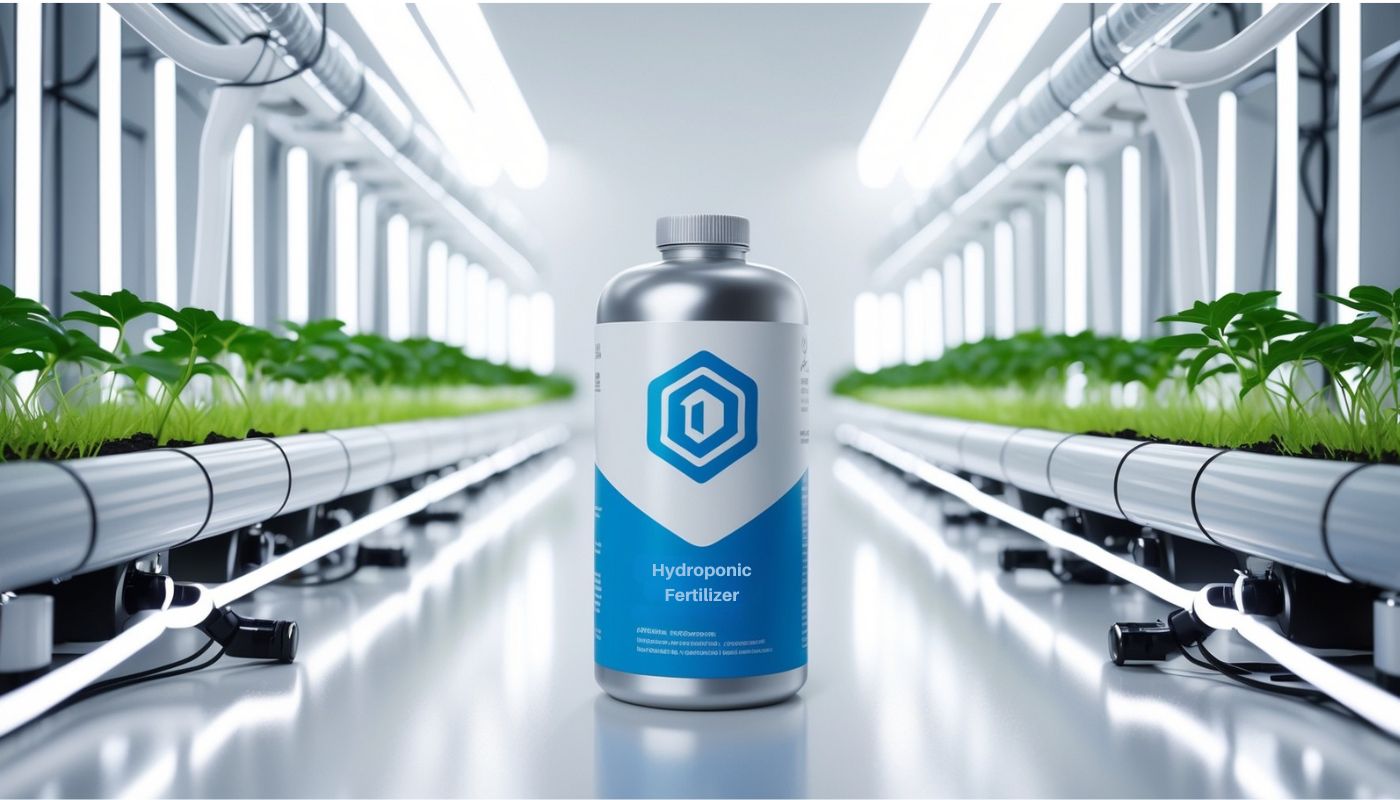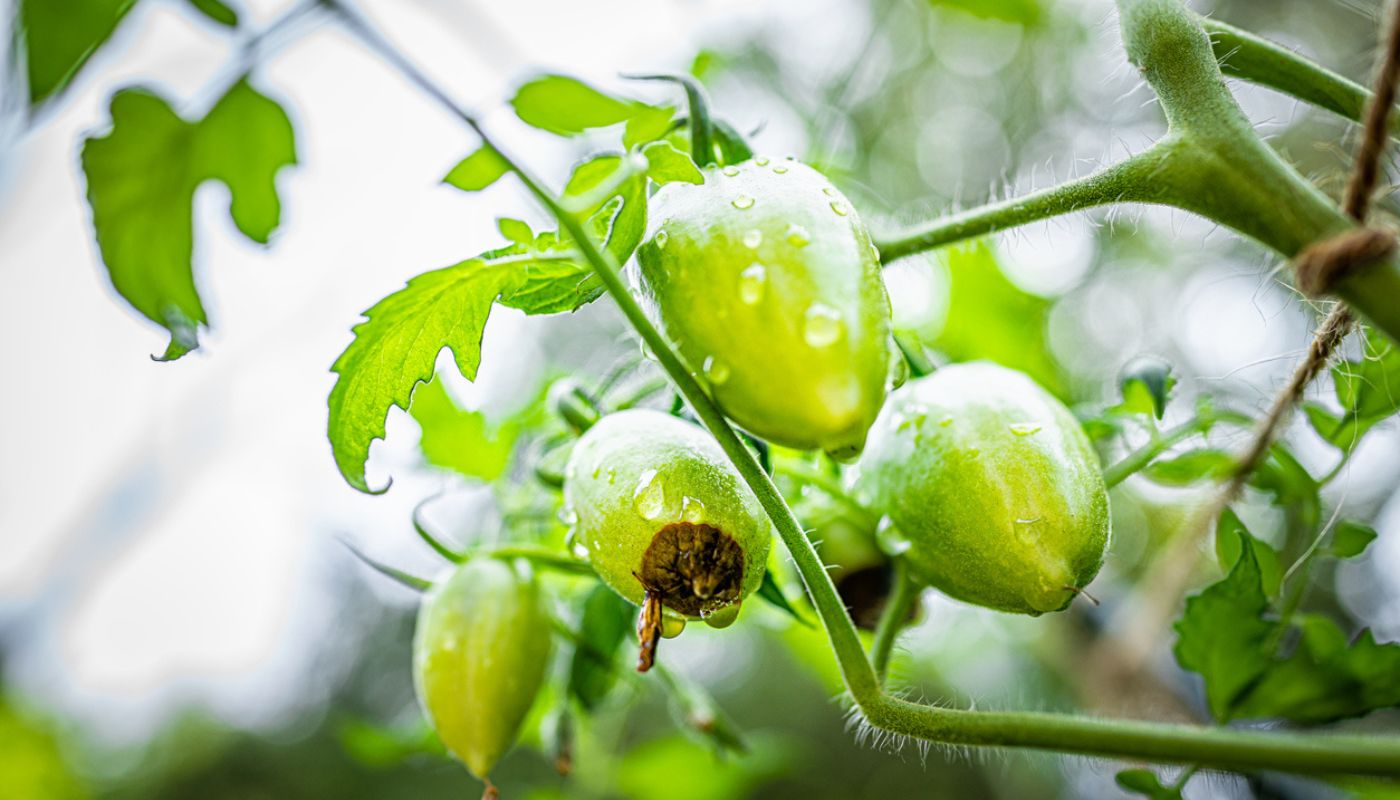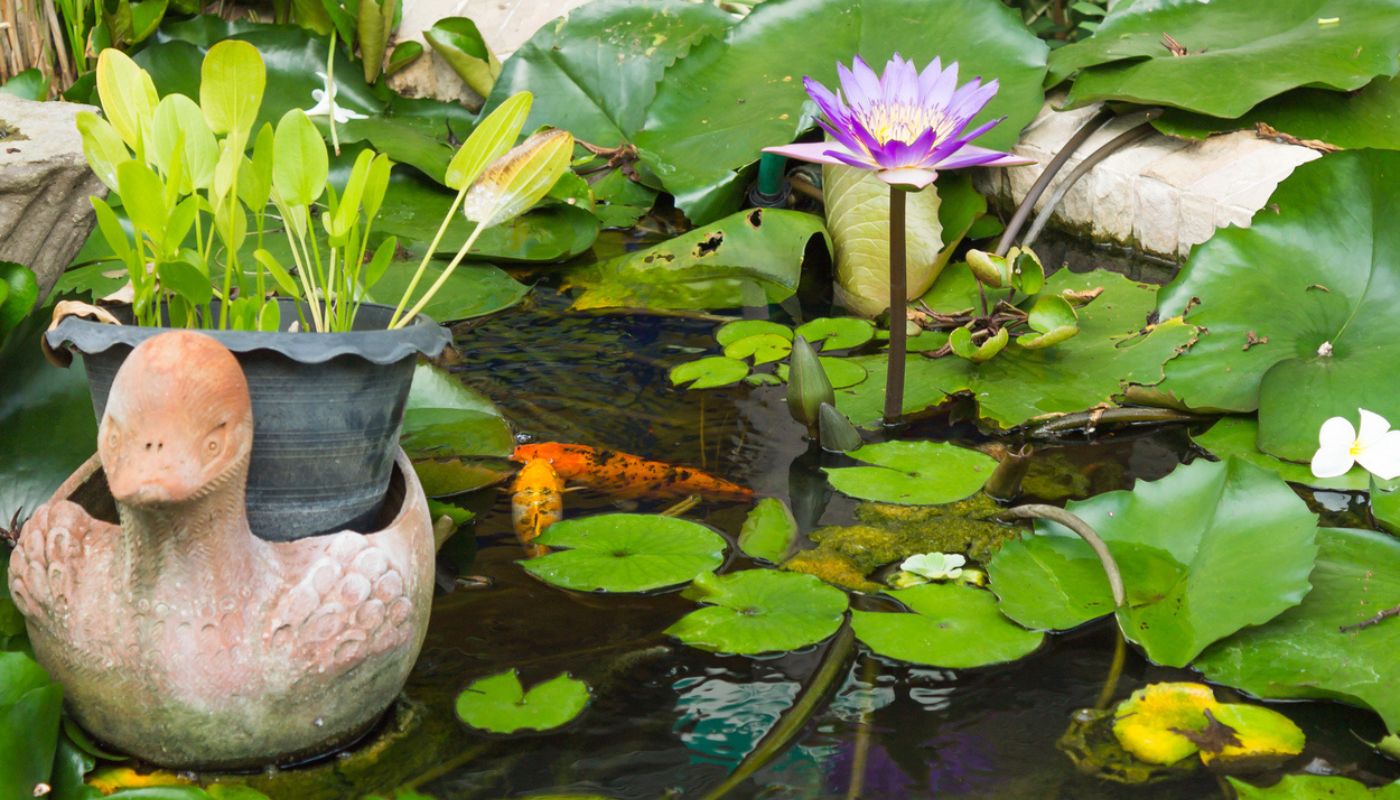
Harnessing the Power of Organic Fertilizer: Using Fruit and Vegetable Peels for Healthy Plant Growth

Harnessing the power of organic fertilizer is a sustainable and cost-effective way to promote healthy plant growth. One of the most overlooked sources of organic fertilizer is the peels of fruits and vegetables. These peels, often discarded as waste, are rich in essential nutrients that can significantly enhance the fertility of the soil and contribute to the robust growth of plants.
Fruit and vegetable peels are a rich source of organic matter that can improve the structure and fertility of the soil. They contain essential nutrients such as nitrogen, phosphorus, and potassium, which are vital for plant growth. Nitrogen promotes leaf and stem growth, phosphorus aids in root development and flowering, while potassium enhances overall plant health. By incorporating these peels into the soil, gardeners can provide their plants with a steady supply of these nutrients, promoting healthier and more vigorous growth.
Moreover, fruit and vegetable peels can also improve the soil’s water-holding capacity. This is particularly beneficial in sandy soils, which tend to drain water quickly. By adding organic matter to the soil, its ability to retain water is enhanced, reducing the need for frequent watering and helping plants withstand periods of drought.
The process of using fruit and vegetable peels as fertilizer is straightforward. The peels should be chopped into small pieces and then incorporated into the soil. This can be done by digging a small trench around the base of the plant and filling it with the chopped peels. The peels should then be covered with soil. Over time, the peels will decompose, releasing their nutrients into the soil.
Alternatively, fruit and vegetable peels can be composted before being added to the soil. Composting is a process that involves the decomposition of organic matter by microorganisms. This process transforms the peels into a nutrient-rich compost that can be easily incorporated into the soil. To compost fruit and vegetable peels, they should be mixed with other organic matter such as leaves, grass clippings, and kitchen scraps. The compost pile should be turned regularly to promote aeration and speed up the decomposition process.
However, it’s important to note that not all fruit and vegetable peels are suitable for use as fertilizer. Citrus peels, for instance, are high in acidity and can lower the pH of the soil, making it unsuitable for most plants. Similarly, peels from fruits and vegetables that have been treated with pesticides should be avoided, as these chemicals can harm beneficial soil organisms.
In conclusion, using fruit and vegetable peels as fertilizer is an effective and sustainable way to enhance soil fertility and promote healthy plant growth. This practice not only reduces waste but also provides a steady supply of essential nutrients to plants. Whether incorporated directly into the soil or composted, fruit and vegetable peels can significantly contribute to the health and vigor of your garden.
Here’s a comprehensive list of fruits and vegetables whose peels can be used as organic fertilizers, categorized by the specific nutrients they provide and their compatibility with various types of soil and crops. This list considers diverse regions, making it useful for gardeners worldwide.
1. Nitrogen-Rich Peels
Nitrogen is essential for leafy growth and vibrant foliage. These peels decompose quickly and are ideal for nitrogen-hungry plants.
- Banana peels: Excellent for leafy greens like lettuce, kale, spinach, and herbs.
- Vegetable scraps: Peels from carrots, celery, and cabbage are ideal for general gardening.
- Broccoli and cauliflower stems: Boosts nitrogen for crops like corn and tomatoes.
- Potato peels: Suitable for nitrogen-demanding crops like onions and garlic.
2. Potassium-Rich Peels
Potassium strengthens plants’ resistance to diseases and promotes flowering and fruiting.
- Citrus peels (orange, lemon, lime): Best for flowers and fruiting crops like strawberries, raspberries, and roses. Use in moderation due to acidity.
- Banana peels: Encourages flowering in fruit trees (mangoes, avocado, guava) and flowering plants.
- Avocado peels: Slowly releases potassium and is ideal for tropical fruit trees.
- Melon rinds (watermelon, cantaloupe): Supports crops like beans, peas, and tomatoes.
3. Phosphorus-Rich Peels
Phosphorus is critical for root development and flowering, making these peels useful for root crops and flowering plants.
- Apple and pear peels: Excellent for carrots, radishes, and sweet potatoes.
- Grapefruit peels: Enhances flowering and root growth in citrus trees and shrubs.
- Pumpkin and squash skins: Beneficial for legumes, cucumbers, and gourds.
4. Calcium-Rich Peels
Calcium strengthens cell walls, reducing blossom end rot in crops like tomatoes and peppers.
- Eggshells (combine with peels for balance): Ideal for tomatoes, peppers, and eggplants.
- Banana peels: Adds calcium to support plant cell integrity.
- Mango peels: Good for tropical crops and greenhouse-grown vegetables.
5. Micro-Nutrient Boosters
These peels add trace minerals like magnesium, iron, and zinc, vital for overall plant health.
- Onion and garlic skins: Natural pest deterrents that enrich the soil with sulfur, magnesium, and calcium.
- Beet peels: Contain iron, perfect for leafy greens and berries.
- Pineapple skins: Enhance soil for tropical plants like coconut, papaya, and hibiscus.
6. Regional-Specific Peels
Gardening in diverse climates means tailoring your organic fertilizers to local crops. Here are region-specific suggestions:
Tropical Regions
- Banana, mango, pineapple, and coconut husks: Best for papayas, avocados, and yams.
- Plantain peels: Boost soil for cassava and tropical legumes.
Temperate Regions
- Apple, pear, and cherry peels: Enhance crops like potatoes, carrots, and lettuce.
- Melon rinds: Great for squash and gourds.
Arid Regions
- Citrus peels: Use with organic matter to help desert plants like dates and figs retain moisture.
- Pumpkin and zucchini skins: Boost water retention in sandy soils.
Companion Pairings for Effective Fertilization
The following combinations help enrich soil for complete garden needs:
- Leafy Greens: Mix potato, carrot, and spinach peels for nitrogen.
- Root Crops: Combine banana, apple, and onion peels to promote root development.
- Fruiting Vegetables: Blend citrus, banana, and mango peels to encourage flowering and resistance to diseases.
- Tropical Fruits: Use coconut husks, pineapple skins, and plantain peels for long-term soil enrichment.
- Flowering Plants: Add citrus peels and banana peels for vibrant blooms.
Key Considerations
- Diverse Plant Compatibility: Choose peels based on local crops and soil needs.
- Composting: For best results, compost peels before use to balance nutrients and avoid over-acidity.
- Avoid Excess Citrus: Too much citrus can lower soil pH, harming non-acid-loving plants.
This detailed approach ensures readers from any region can find the best organic fertilizer solutions tailored to their unique gardening challenges and maximize the utility of fruit and vegetable peels in sustainable gardening practices.






